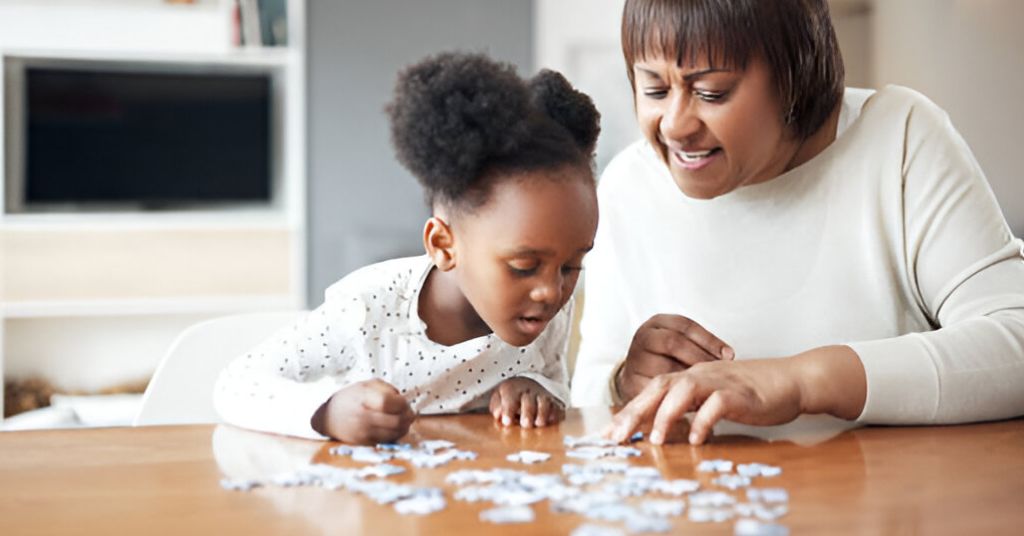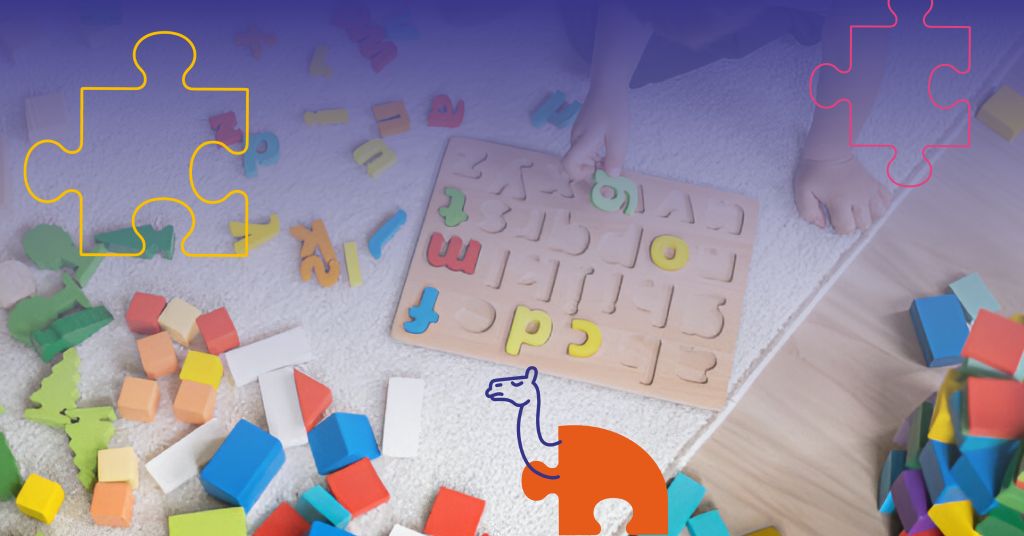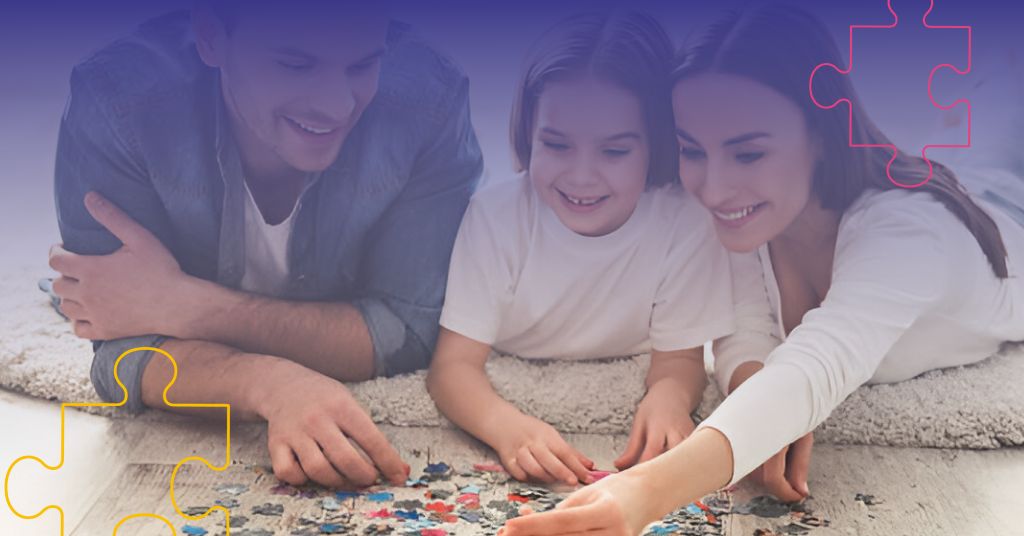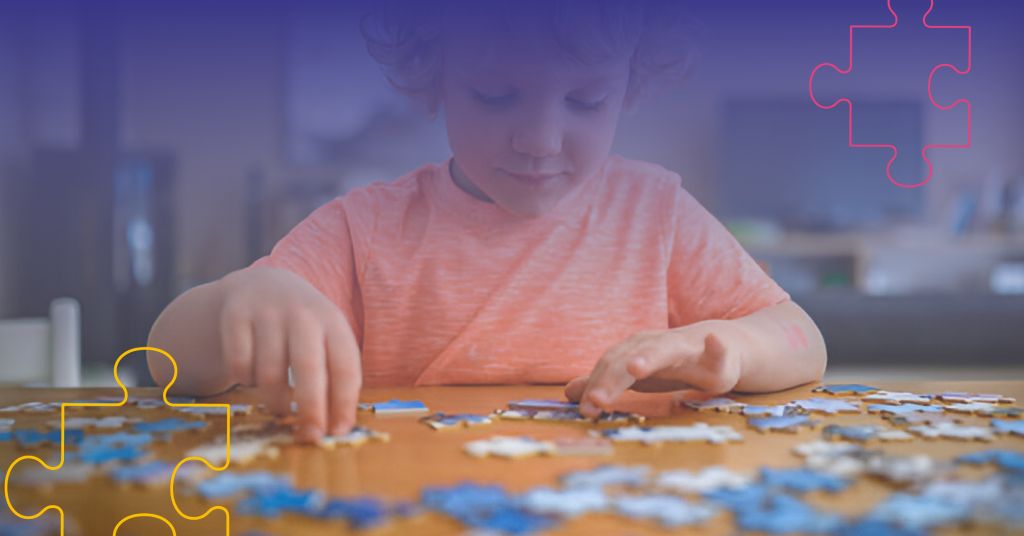Puzzles are a fantastic tool for early childhood development, helping kids improve problem-solving skills, critical thinking, patience, and hand-eye coordination. However, many parents unknowingly introduce puzzles in ways that can lead to frustration or disinterest. To ensure puzzles remain a fun and educational experience, it’s essential to avoid these common mistakes. Here’s how to introduce puzzles the right way!
Common Mistakes & Their Fixes
Mistake 1: Giving Puzzles That Are Too Advanced Too Soon
Many parents assume that starting with challenging puzzles will help kids learn faster. However, an overly difficult puzzle can lead to frustration, loss of interest, and discouragement.
Fix: Start with age-appropriate puzzles and gradually increase the difficulty. For example, toddlers should begin with large shape puzzles, while older kids can progress to 3D models and logic-based games. Watching their confidence grow with each successful attempt keeps them motivated!
Mistake 2: Not Demonstrating How to Solve a Puzzle
Some parents hand over a puzzle expecting kids to figure it out on their own. While independence is great, younger children may feel overwhelmed and unsure where to start.
Fix: Guide them through the first few attempts. Show them how to find edge pieces in a jigsaw puzzle, match colors, or group similar shapes. This builds their understanding and confidence, making future puzzle-solving easier and more enjoyable.
Also Read: Teach Math Concepts Using Puzzles in a Fun and Engaging Way
Mistake 3: Rushing to Give the Answer Instead of Letting Kids Struggle a Bit
It’s natural for parents to step in and help when a child is struggling. However, solving the puzzle for them takes away the learning experience and prevents them from developing perseverance and problem-solving skills.
Fix: Encourage kids to think critically and experiment. Instead of giving the answer, ask guiding questions like, “What piece do you think fits next?” or “What happens if we try rotating it?” This approach fosters independent thinking and resilience.
Mistake 4: Overlooking the Social Aspect of Puzzles
Puzzles aren’t just solo activities—they can also help kids develop teamwork, communication, and patience. Many parents miss the opportunity to use puzzles for family bonding and social learning.
Fix: Encourage cooperative play by involving siblings, friends, or family members. Working together on a puzzle helps kids learn to share, take turns, and celebrate collective achievements. Group puzzle-solving also makes playtime more engaging and enjoyable!
Puzzles should be a fun, interactive, and growth-oriented experience for kids. By introducing puzzles at the right difficulty level, guiding initial attempts, allowing children to struggle and problem-solve, and promoting social play, parents can unlock the full benefits of puzzles. These small adjustments can boost confidence, patience, and cognitive development, making puzzles an essential part of a child’s learning journey.
To Buy the Best Puzzles & Educational Toys for your Child, check out our collection.



